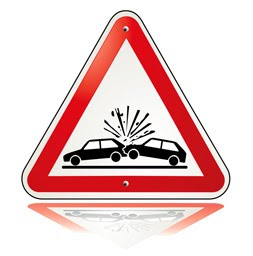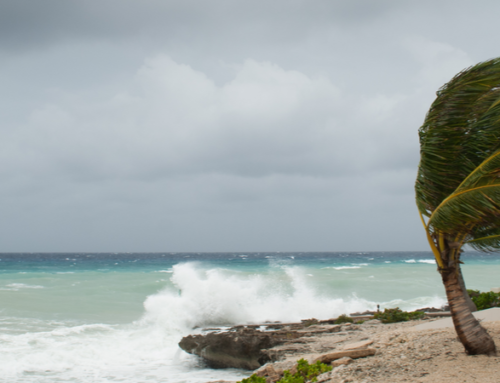 Auto Insurance Options: Collision Coverage Vs. Comprehensive Coverage
Auto Insurance Options: Collision Coverage Vs. Comprehensive Coverage
If a tree falls on a BMW in the woods and no one is around, will it be covered by insurance?
Buying insurance can be a pain, but it’s probably less of a hassle than dealing with the consequences of having an accident if you don’t have insurance. To make the insurance-buying process as painless as possible, it’s important to know what kind of insurance you want and what kind of insurance you need. They can be very different.
Auto Insurance Options: What Do You Need?
Comprehensive insurance and collision insurance offer protection for physical damage to your car. Collision is pretty self-explanatory. You hit someone, or someone hits you, and it’s a collision. Comprehensive insurance covers you if you have damage from something other than a collision—such as fire, falling objects, deer, theft, or vandalism.
You need to have physical damage protection when you finance or lease your vehicle because you don’t actually own the car yet. The lender wants to make sure that funds will be available to repair the vehicle you’re driving.
Most states require you to have some form of liability insurance to protect other drivers on the road.
Auto Insurance Options: What Do You Want?
Glass coverage can be included with comprehensive coverage, but it may not be automatic. You may have to specifically request glass coverage, but I recommend it if you’re carrying comprehensive coverage, because the comprehensive deductible does not apply to glass coverage.
Auto Insurance Options: How Much of a Deductible Should You Pay?
The deductible is the amount you pay before the insurance company pays. If the loss or cost of damage is greater than the deductible, the insurance company will deduct the amount from the total cost of repairs.
I usually recommend a $500 deductible on collision insurance and $250 on comprehensive insurance. However, you can save money on your premium by setting the deductible higher, at $1,000. Your insurance agent can help you evaluate your risk of collision and potential costs.
The collision coverage is typically more expensive than comprehensive coverage. The collision premium depends on the driver’s motor vehicle record and the type of vehicle: the more expensive the car, the higher the premium, due to the cost of repairs if damaged. If you like expensive cars, do your agent a favor, and don’t complain about the premium. It’s part of the package when you consider the type of car you purchase.
Auto Insurance Options: What Can You Do Without?
If you don’t like buying insurance and protest the pricing, then buy your car outright. Without a loan, you don’t have to purchase physical damage coverage. You could self-insure. However, you have to weigh your options. Do you want to avoid paying premiums now and be on the hook for 100 percent of the bill in case of damage?
Just remember that most states require you to have some form of liability insurance to protect other drivers on the road.
I usually recommend that after about eight years, you can consider dropping the collision coverage. By then, the actual cash value of your vehicle has probably dropped enough that it’s not worth it anymore.
However, you should maintain comprehensive coverage, even on older vehicles. It’s not very expensive to keep comprehensive coverage up to date, given the risk of potential damage.
Weigh your insurance options with your agent. You may be able to get a package deal or reduce your premium based on your car and driving record. Don’t just aim for the lowest price. Make sure you’re getting all the coverage you need. You don’t want to find out you’ve been self-insuring when it’s too late.
Linda Rey is a licensed insurance agent at Rey Insurance with a broad spectrum of expertise in life, accident, health, property, and casualty insurance, as well as retirement planning and college funding strategies. Follow her on Twitter: @ReyInsurance






